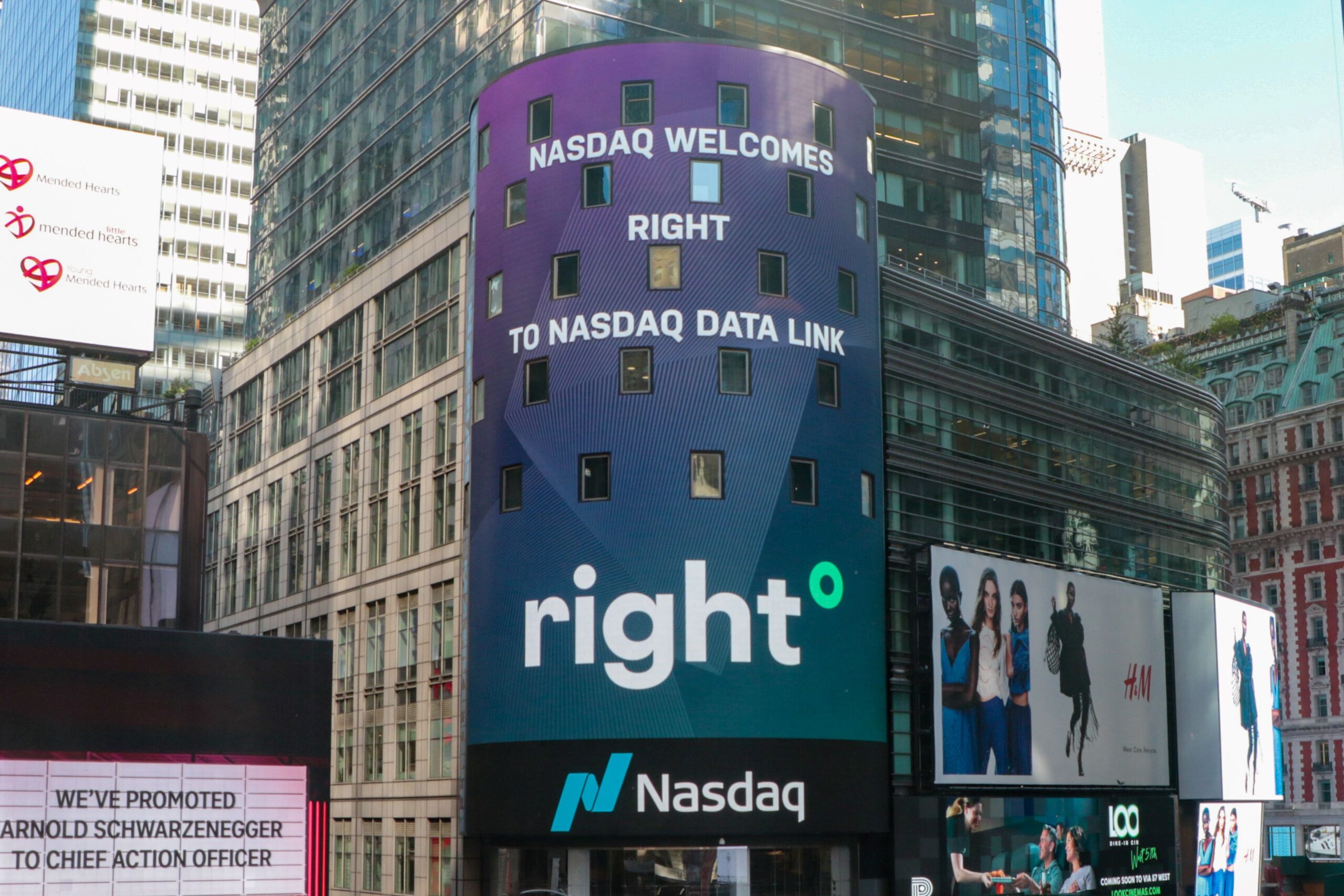“The company has been deliberately refraining from sending printed Christmas cards for a long time.” This literal statement reflects a certain listed companies’ sustainability strategy. It surely seems insufficient for claiming that its corporate sustainability strategy will help the company thrive in a world increasingly shaped by climate change. With this example, it’s fair to ask: do companies have a clue on what to expect from climate-related changing market conditions and what does a suitable adaptation to such changes entail?
The pressure to answer this question will grow. “As we are increasingly faced with the catastrophic and unpredictable consequences of climate change and resource depletion, urgent action is needed to adapt public policies to this new reality,”states the European Commision in its Action Plan: Financing Sustainable Growth. The European Union, as well as several Financial Supervisory Authorities, call for nothing less than adjusting key corporate and financial decision metrics to incorporate climate-related risks.
Following this call, requirements for corresponding metrics go far beyond statically classifying companies as green or brown or any dualistic differentiation which does not touch upon the company’s potential to adapt to climate change. Rather, they need to measure how well-equipped a company is to handle climate-related risks under different future scenarios. We need to understand climate not merely as an element of sustainability and sustainability as a story in itself, but rather from an external rating and internal risk management perspective, seeing these as essential requirements for safeguarding and promoting a functioning, stable and integral financial system.
Facing this unprecedented demand to uncover the shades of climate-related risks for the corporate and financial world with transparent forward-looking information, the international financial market is loaded with uncertainty. Uncertainty that is dangerously exacerbated by the increasing impact climate change might have on a company’s future ability to generate value. So we might then ask: who is affected, and in what way, by climate-related impacts which could unfold in several ways depending on different future socioeconomic pathways? How can we establish thresholds for a company’s future operations, which might pose a systemic danger to financial stability, and how to handle them?






